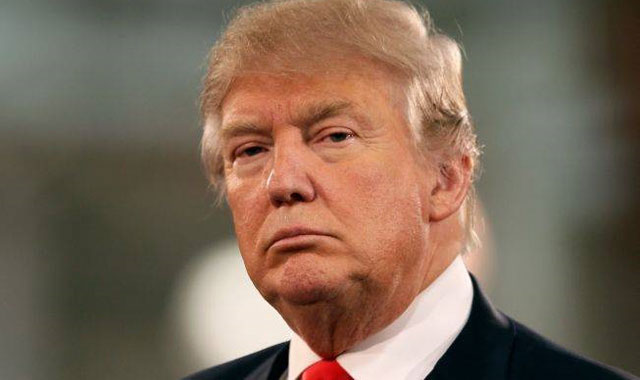
Washington, UNITED STATES | AFP | When Donald Trump sought this week to lump white supremacists and those protesting against them into the same bag, he triggered a political firestorm with Republicans and Democrats warning “both sides” could not be treated alike.
He also added fuel to an increasingly urgent debate over whether the US media can uphold its tradition of so-called “both sides” reporting — which strives to give equal weight to rival viewpoints — in the Trump era.
“This week should put the nail in the coffin for ‘both sides’ journalism,” wrote Washington Post media columnist Margaret Sullivan following Trump’s claim that left-wing counter-protestors shared in the blame for the neo-Nazi rally that turned violent in Charlottesville, Virginia.
“Journalists should indeed stand for some things. They should stand for factual reality.”
In the line of fire over his response to the Charlottesville events, which ended with the death of a young protester, Trump lashed out at the mainstream media with which his camp has declared itself at “war,” charging that they “totally misrepresent what I say about hate, bigotry etc.”
With many in Trump’s loyal supporter base, the charge is likely to resonate: major cable news outlets like CNN and MSNBC are indeed seen as increasingly hostile to the US administration — with pro-Trump outlets like the ultra-conservative Breitbart News at the other end of a polarized media landscape.
“Dislike of Mr. Trump within the mainstream media is unalterable,” conservative columnist Peggy Noonan wrote in the Wall Street Journal in June. “It permeates every network, from intern to executive producer and CEO.”
Muddying the waters, Noonan argues that “media bias now is in part a financial decision,” with outlets eager to use Trump to boost ratings.
“What we need from media folk is a kind of heroic fairness. What we have instead is endless calculation,” she said.
But the tumultuous Trump presidency has also triggered a genuine debate about how to uphold the cherished American tradition of even-handed reporting.
– ‘Old-fashioned objectivity’ –
Stephen Ward, a former director of the Center for Journalism Ethics at the University of Wisconsin, said many media are being forced to rethink their “old-fashioned view of objectivity.”
Ward said journalists cannot simply be “stenographers” — liable to repeating the misstatements of facts to which the current president is prone.
“The old style of objectivity allows you to be manipulated by the sources talking to you,” Ward said.
“What is needed now is interpretive journalism that backs up its perspectives with facts,” he said — as well as the resolve to “call a liar a liar and a racist a racist.”
Dan Kennedy, a Northeastern University journalism professor, agreed that news outlets need to avoid a “mindless” effort at balance.
“The idea that everything has to be balanced is never correct,” Kennedy said.
Even before the latest polemic, New York University journalism professor Mitchell Stephens wrote in a Politico essay that it’s time to think differently about journalistic objectivity.
“An abandonment of the pretense to ‘objectivity’ — in many ways a return to American journalism’s roots — is long overdue,” Stephens wrote in June.
For many news organizations, he said, “their obsession with nonpartisanship lingered long enough to leave them deeply vulnerable to manipulation by a boisterous, rudderless presidential candidate like Trump.”
– Manipulating the agenda –
A study released this week by the Berkman-Klein Center at Harvard University offered a lesson on media ethics, concluding that mainstream outlets allowed themselves to be manipulated during the 2016 presidential campaign, enabling Trump supporters to set the narrative for a large amount of coverage.
The study found that Trump supporters succeeded in creating a false equivalency between the email scandal dogging the Democratic candidate Hillary Clinton, and potentially far more serious concerns over the Republican candidate’s fitness for office.
The effort to divert attention was led by “the right-wing media ecosystem” but widely picked up by the mainstream press, the study found.
“The fact that the traditional professional media were the targets of intentional manipulation does not absolve them of responsibility for checking the materials put in front of them,” the authors wrote.
 The Independent Uganda: You get the Truth we Pay the Price
The Independent Uganda: You get the Truth we Pay the Price



